Written by Mark Steele
It all started with a poor British schmuck trying to make his new bride happy. His name was Charles, and her name was Catherine. Charles was 32, and Catherine was in her early twenties when they met for the first time on their wedding day. Catherine had grown up in a convent and was sick on that particular day in 1662. Charles was not allowed into her bedchambers after the wedding. When she got well, they went on their honeymoon, and things took a turn for the worse when Charles insisted his girlfriend come with them; she was about to give birth to his illegitimate child, and he did not want to miss the big event.

Charles II (the King of England) and Catherine (Princess Catarina de Braganza of Portugal) were in an arranged marriage. While Charles was broke, Catherine’s family was loaded, and her dowry included cash, rights to trade routes, and land in India (important later). One can only imagine how miserable this young woman must have been in a strange land with a Playboy husband who loved to flaunt his girlfriends in front of her in court. She was pining for home, and in a moment of empathy, Charles sent a ship to China to bring back Catherine’s favorite beverage: tea - a luxury that Portuguese merchants had provided to Royals in Portugal.

Ladies of the English royal court began to warm up to the shy, awkward Catherine, and they often met to have private tea parties. Soon, everyone wanted to participate, and tea was seen as the go-to drink of the British Aristocracy. It was expensive and rare, and the East India Company was soon formed to take advantage of international trade opportunities. The tea market was poised for explosive growth.
Fast forward about 100 years, and the East India Company had eleven cargo ships sailing 24/7, importing tea from China with a 400% return on investment. Tea was now served to the masses as prices decreased. Workers do better when they have had a cup or two of tea rather than pints of beer at lunch. Sugar production was also booming in the British Caribbean islands; the natural tannins in Asian tea were bitter, and sugar killed the astringent taste. Sugary crumpets and other baked goods helped prevent nausea, again caused by tannin, when drinking tea on an empty stomach. A whole industry of Porcelain tea ware was in full swing in brand new factories, and the ritual of classy British tea etiquette became legendary. What could be wrong with this sophisticated social ceremony?

In a word, slavery.
The British did not buy sugar on the open market to meet the exponential consumer demand for sugar. Their lonely outposts growing vegetables and molasses in places like Barbados were turned into sugar plantations, and local indigenous tribes were enslaved to make sugar. Spanish colonies in the Caribbean were taken by force thanks to the British Navy. When the aboriginal workforce proved inadequate to meet the ever-growing demand, enslaved people were brought in from Africa with Malaria. When local labor forces died out from disease, more enslaved people were imported. Americans think of slavery in terms of cruel cotton plantations where 500,000 enslaved people were forced to labor in the fields. Awful, yes - but this pales in comparison to sugar processing, where 6 million enslaved people were worked to death. The average enslaved person in Caribbean sugar plantations lived less than 10 years, then replacements were brought in.

Meanwhile, the tea, sugar, and slavery conglomerate of England was reaping astronomical riches for the companies involved and the royal family that heavily taxed these industries. King George III got 70% of his income by taxing this conglomerate, and he used the proceeds to reward his followers, build up the Royal Navy, and expand the Empire. Not to mention feathering his own nest. This arrangement lasted for centuries and was ruthlessly defended.
In the years after the humiliating defeat at the hands of American traitors to the crown (AKA Revolutionary War Patriots), American merchants began exporting a local caffeinated beverage (American Tea) to Europe. It tasted great and was gaining traction in the European tea market, and worst of all, it was tannin-free and did not need sugar! King George (who was already battling depression and other more serious mental health issues) was not happy. You might say he was Royally pissed at the new competitor from America.
Naturally caffeinated American tea was called “Appalachine” in France, “South Sea Tea” in England, and “Cassina” (the ancient Native American name) in the Spanish empire. It is made using leaves from the Yaupon Holly plant, which only grows in the southeastern United States. To make matters worse, the treaty ending the Revolutionary War gave prime Yaupon lands (Florida) to the hated Spaniards.

The East India Company was a brutal enterprise and had vast military powers. However, American tea was not killed in its infancy by force but by not-so-subtle innuendo and slander. It happened at the hands of two accomplished scientists.
In 1753, the first scientist, Carl Linnaeus also known as the revered father of taxonomy, gave Yaupon Holly its Latin name: Ilex Cassine (after its ancient aboriginal name). Then came the fatal mistake. Yaupon and Dahoon Holly are two distinctively different plants, but Linnaeus thought they were the same, and both were given the name Ilex Cassine.

Linnaeus’ error was exploited by the second scientist involved, William Aiton. He was a renowned botanist who was the Royal Gardener at Kew Gardens. He was also a loyal friend of George III. In 1789, he came up with a very simple plan to resolve the taxonomy discrepancy and, at the same time, eliminate Yaupon tea from the marketplace (two birds, one stone). His smear campaign has worked brilliantly for centuries and is still influential today. What’d he do? He took the Latin name Ilex cassine away from Yaupon and gave it to the Dahoon Holly exclusively. Then, he renamed the Yaupon Holly plant with a new Latin name: Ilex vomitoria. Translation: The Holly That Makes You Vomit.
Aiton surely knew the name itself was a lie. Yaupon had been grown in greenhouses in England for almost a century, and nobody who drank the tea in Europe was getting sick. Numerous modern laboratories have proven what Aiton knew: Yaupon tea is not emetic. Not only that, Yaupon does not contain the tannin found in Asian tea, which causes nausea (and sometimes vomiting).
And so the marketing campaign began. It became illegal to import Yaupon tea. It was the patriotic duty of all Englishmen to reject the drink of American traitors and “savages.” Even Americans who lived where Yaupon grew left tea at the center of Native American civilization for thousands of years. Suppose you look at how Europeans, and especially the British, mistreated and exploited indigenous people around the world. In that case, it is no surprise that the Queen’s tea would dominate in a class and racially-conscious society.

Having said all that, the best lies have a sliver of truth. Native American men in the north Florida tribe called the “Timucua” had occasional ceremonies where they drank and purged large amounts of what Spanish explorers named the “Black Drink” (usually containing Yaupon) as a way to cleanse away their sins in the eyes of the God of purity: Yahola. Some theories are that emetic plants were added to the brew, but I am convinced that it was a learned skill that men did to restore their relationship with their God and to proclaim their righteousness and purity in front of others. What’s the best way to prove to your brothers-in-arms that your Warrior Spirit is genuinely pure? Publicly purge.
Sadly, we will never really understand the belief system of the Timucua. Smallpox and subsequent battles for territory decimated the population until 1750 when the last 100 Timucua were sold as slaves to, you guessed it, sugar plantations.
Early white explorers (predominantly from Spain) who were at these ceremonies and drank the Black Drink did not get sick and subsequently drank Yaupon daily. As I said before, scientific analysis tells us Yaupon is not emetic. Regardless, the name has persisted, and so has the misperception of what we think is the world’s best tea. In other words, Aiton’s plan worked brilliantly for a long time until now.
Unsurprisingly, among thousands of products, Yaupon is the number one Food Trend for 2023 at Whole Foods Market. After all, it had to be pretty special to be at the center of civilization and worshiped in North America for over 8,000 years.
It helps that modern consumer interests have become much more refined. People want:
- excellent tasting tea without the need for sugar
- antioxidant, anti-inflammatory natural foods that help prevent diseases
- tea without pesticides or chemical fertilizers
- environmentally responsible (negative carbon footprint) and sustainably produced tea
- products that bring jobs back to America: local caffeine
This is precisely what Rise Yaupon brings to the table and why the American “Tea” Revolution is just getting started. William Aiton be damned.
For more information about Yaupon, we’ve got you covered. Check out our Ultimate Guide to Yaupon Tea for everything you need to know.
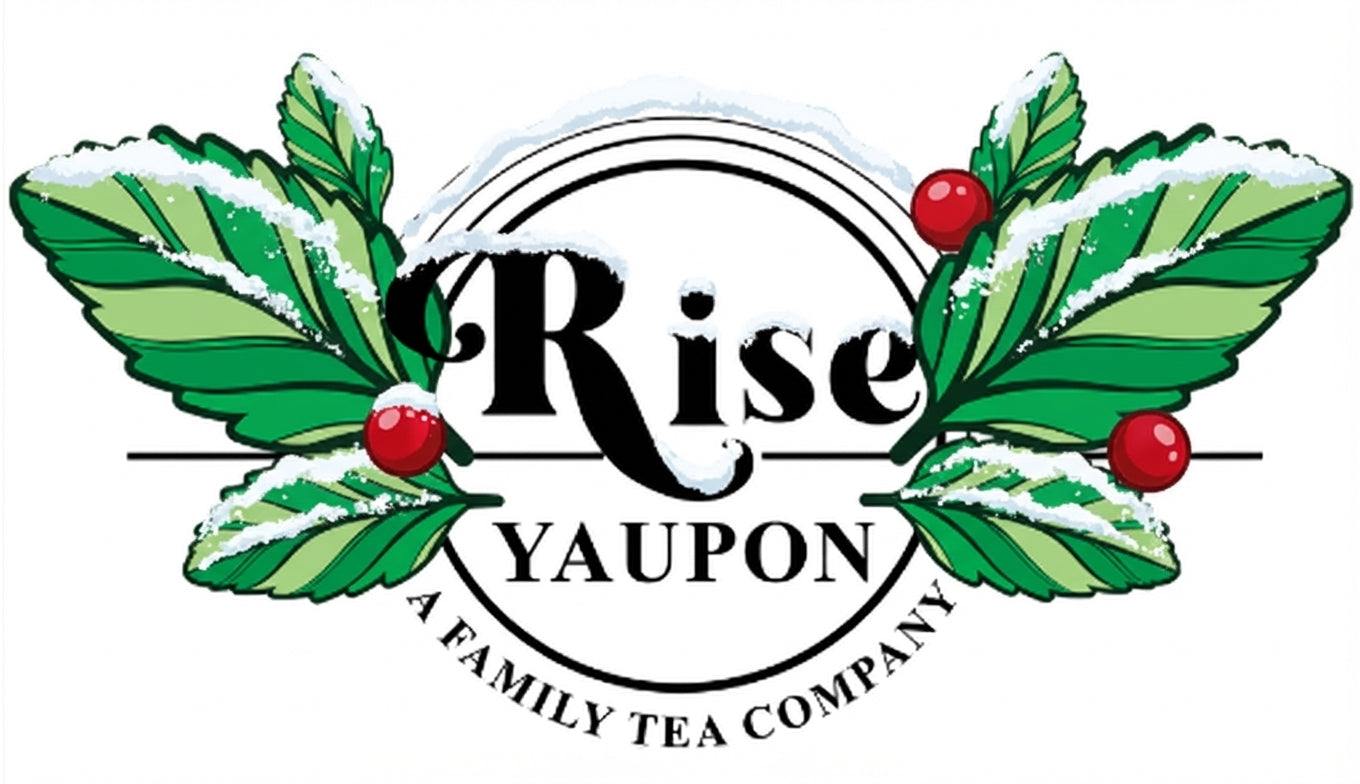
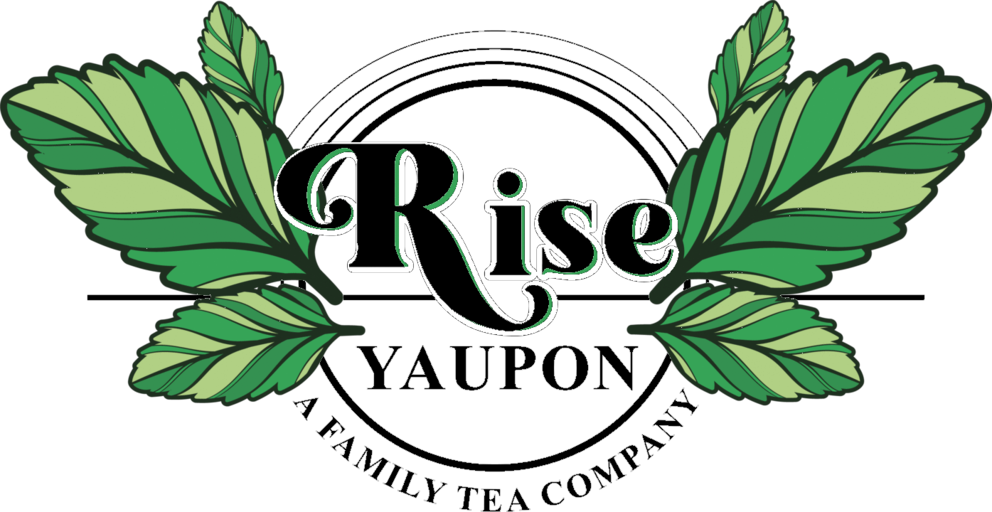
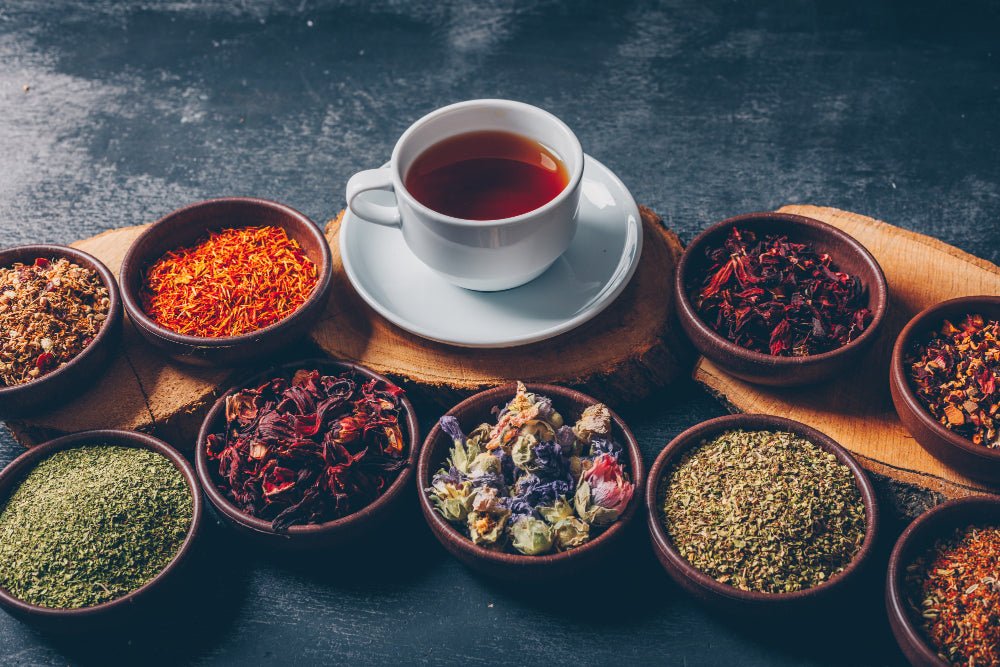
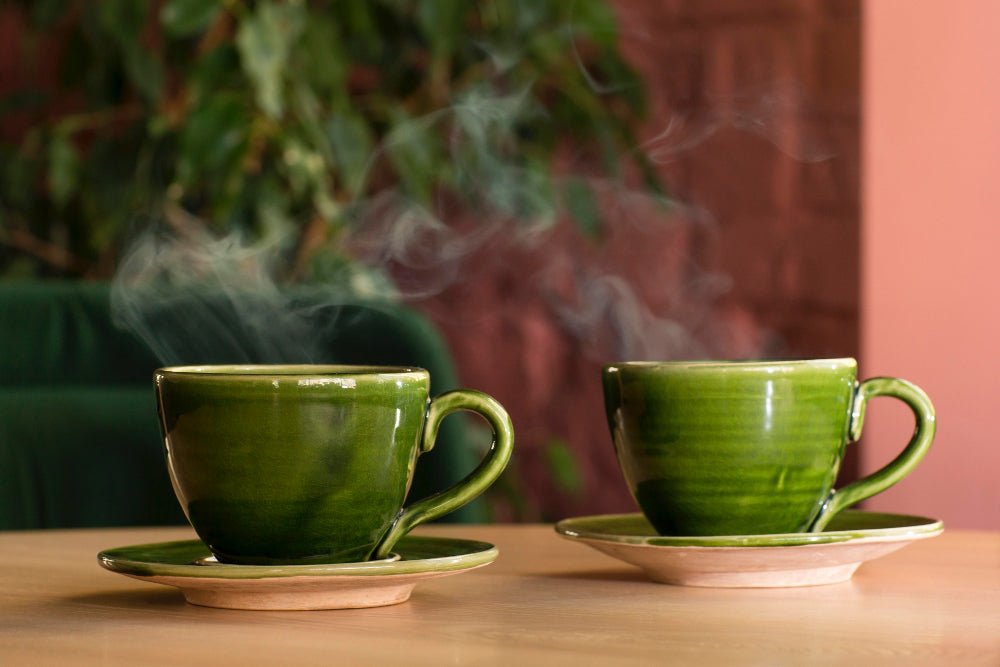
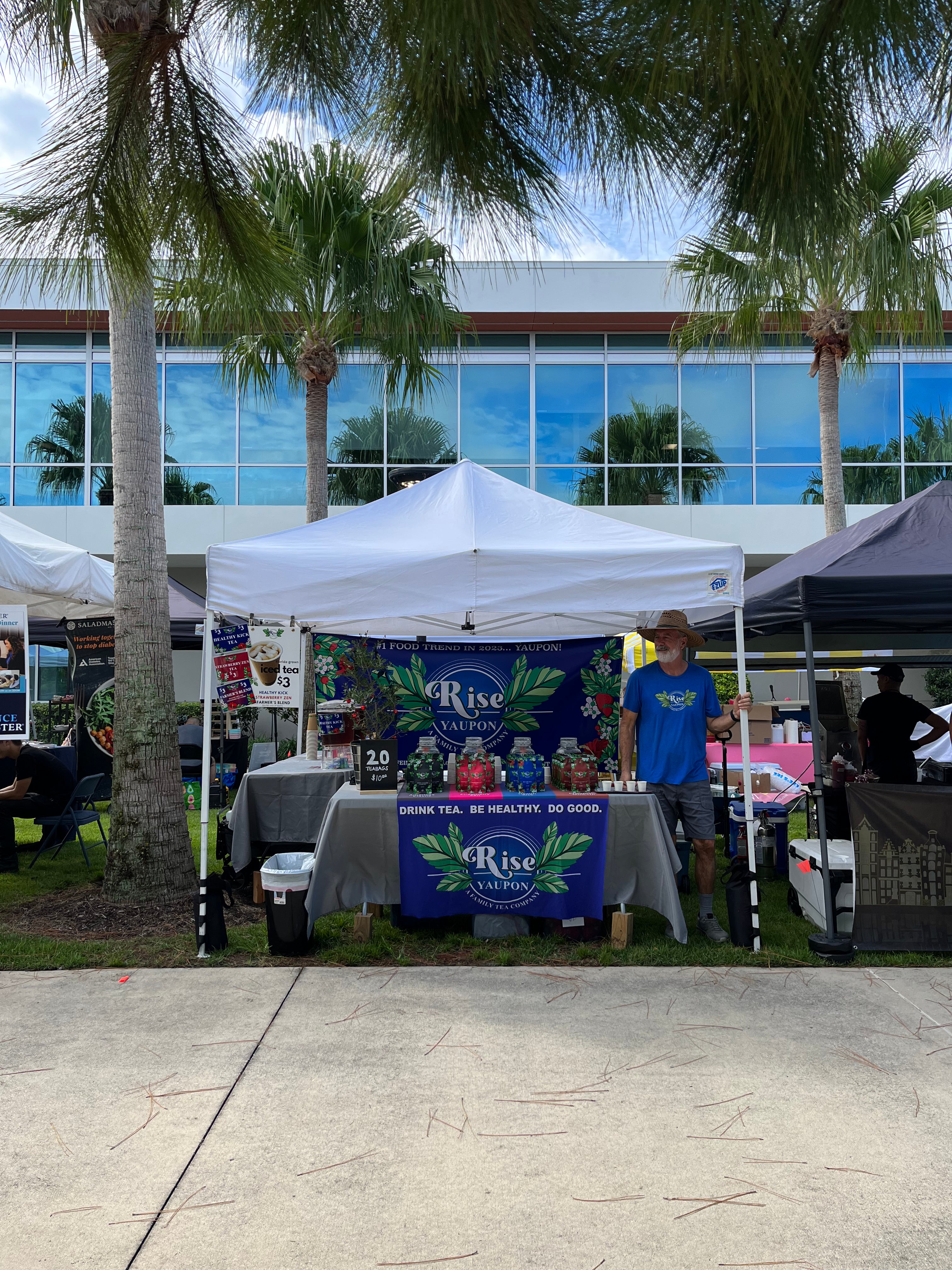
Leave a comment
This site is protected by hCaptcha and the hCaptcha Privacy Policy and Terms of Service apply.